Products You May Like
Get access to everything we publish when you
sign up for Outside+.
There’s a golden rule of running races: never try anything new on race day. This goes for your shoes, your apparel, your hydration—and your fuel. Figuring out what to eat on race day can feel like a giant maze with no end in sight. Sloshing stomach, cramps, and the no-energy bonk can all ruin your race that you worked so hard for.
We cover the rules to remember when building a fueling plan, how to test out new options, and some of the best foods and fuels for runners.
Guidelines for Race-Day Fueling
When making your choices on fuel sources, there are a number of considerations to take to build your plan. If you want to read more about any of these, we dive into more detail here.
Calorie Intake Per Hour
According to the American Council on Exercise, a 120-pound person burns about 11.4 calories per minute while running. Based on this information, an average runner may expend 600–1,000 calories per hour depending on terrain, weather, body frame, and intensity. It’s a good rule of thumb to try to take in from 30% to 40% of what you are burning per hour while racing, which equates to a range of 180–400 calories per hour. Calories are essential to keep the body running smoothly and keep your performance going.
RELATED: The Connections Between Overtraining and Underfueling
Fluids Per Hour
Fluid balance is important to achieve in the body. As you run, you sweat, and if you’re not replacing the fluids your body is losing, it can affect your ability to use the calories you are taking in as well as affect performance. A good starting place for many runners is to drink from 16 to 20 ounces of fluids per hour and adjust based on body frame size, terrain, and climate.
Electrolytes Per Hour
Electrolytes play a key role in nutrient utilization, fluid balance, and muscle contraction. While all electrolytes (including sodium, potassium, calcium, chloride, and magnesium) play a role for these processes to occur in the body, focus on sodium intake because it is lost in the highest quantity through sweat. If you don’t keep sodium in check it can lead to a whole host of issues: cramping, bloating, nausea, and bonking. Start with 250–500mg of sodium intake per hour, which can come from food, gels, hydration mix, or salt tabs.
RELATED: Want to Avoid Bonking? Learn the Science Behind It
Distance and Intensity of the Race
This is a key factor often overlooked by many runners. The shorter the race, typically the faster a runner will be going. Take a road marathon compared to a 100 mile trail race, for instance. The faster a runner is going (like in a half marathon/marathon), the more the blood is going away from the gut (slowing digestion), and the more it relies on quick sources of carbohydrates to continue to fuel your marathon pace. If a runner is doing a road marathon and using a peanut butter and jelly sandwich to fuel, this may not go over nearly as well as it would if this same sandwich were to fuel a 100 mile trail race.
How to Test What You’ll Eat on Race Day
Figuring out what works best for you is something that all runners should be doing, starting at least two to three months before the goal race, and when trialing new fueling plan options, a good rule of thumb is to test on runs >90 minutes in duration. (If you’re training for a shorter race, try to keep active after your workouts just to see how new fuel affects you.)
Having a regular intake pattern of sports nutrition fueling products (for example: every 30 to 45 minutes) should be put into practice into long training runs. Without a plan, you risk running out of fuel and ‘hitting the wall.’ Be sure to always consume water, not hydration mix, with any whole food or gel products to avoid overwhelming the gastrointestinal system.
You do not want to test a whole handful of new products on one run. Test one product or food at a time each run so that you can determine if a specific fuel is not working for your digestive tract. While your stomach may feel a little uneasy from nerves on race day, signs that products may not be working well for you include: gas, bloating, diarrhea, nausea, sloshing stomach, and vomiting. On that note, even if a product does not appear to work for you on one run, doing or two repeat trials should be considered before ruling out that option.
If you are struggling to find store bought sports nutrition products that work for you, you can consider a make at home food blend option or utilize things like dates, boiled potatoes with salt, PBJ, or salted gnocchi.
RELATED: How to Fuel Long Runs with Real Food
Race-Day Fueling Options for Runners
Let’s take a closer look at some of the options on the market for runners to eat on race day.
Food Blends
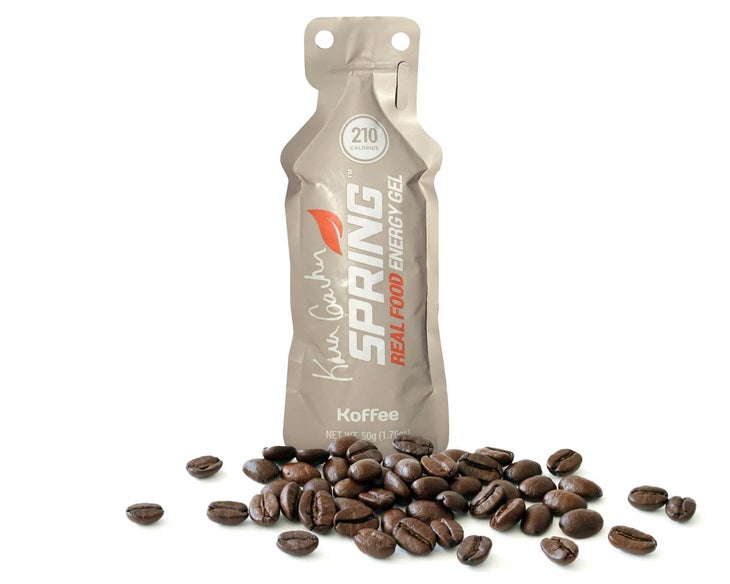
Food blends are often likened to the consistency of baby food and most include ingredients like fruits, potatoes, and nut butters as their base. These options, from brands like Spring Energy and Muir, are typically going to be good for those that are doing longer races (marathon and longer) as the carbohydrates in them tend to raise blood sugars a little bit slower than other gels and chews. Also, it is important to note that nut butters are not recommended as fueling options for races shorter than marathon distance due to their slower digestibility, which can be harder on the stomach at higher intensities.
Liquid Energy Gels
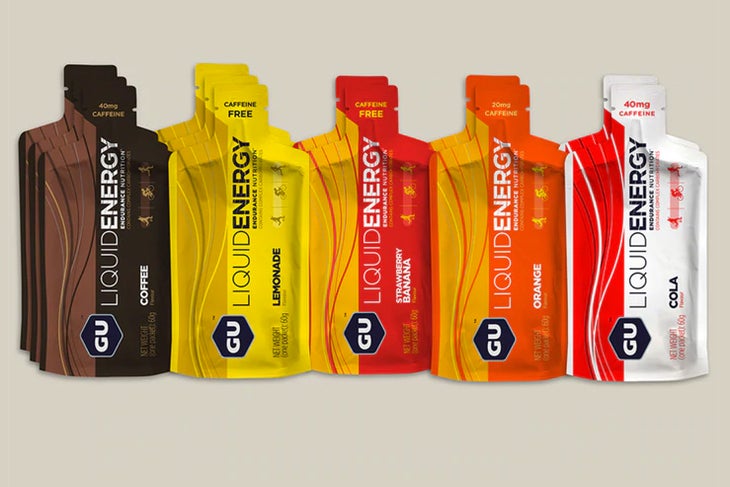
When a runner hears the word ‘gel’ they typically think of a thick, sticky liquid that might be hard for some to get down. New liquid options from Powerbar and GU Energy Labs have a smooth, water-like consistency that makes them easy to get down. Both contain a glucose/fructose mix of carbohydrates, which can be optimal for absorption.
Chews or Blocks
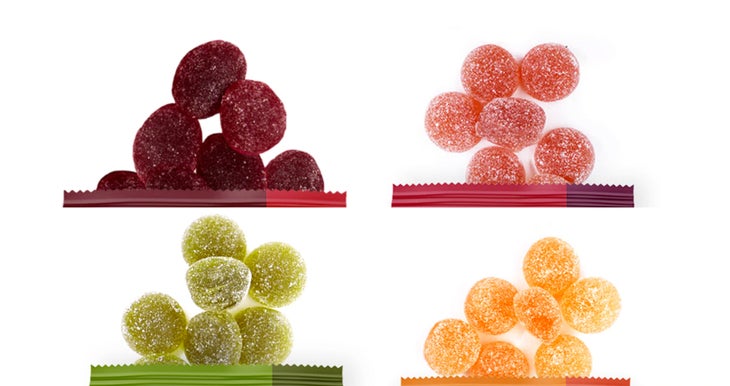
If you’re looking for a chewy alternative to a sticky gel, look no further than chews or blocks. Reminiscent of gummy candies, these options can be a good way to get in your nutrition without feeling like you have to force in gels. Many companies, like Clif and Skratch Labs, have options that contain caffeine and/or extra sodium, which is an added perk depending on your fueling goals. Keep in mind that these options can sometimes be harder to chew when running in cold temperatures or when you are putting out a harder effort.
Stroopwafels
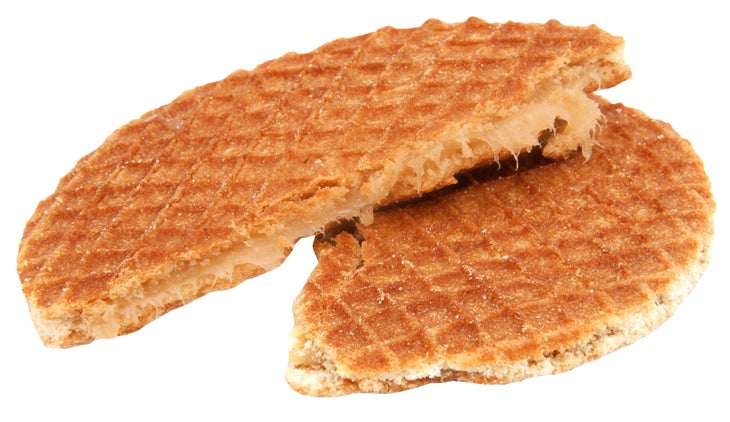
Based on the popular Dutch wafer treat, it turns out that these delicious cookies can be effective vessels for nutrition during a run or race. Each stroopwafel typically has some kind of honey or maple syrup sandwiched between two wafer cookies, which offers a nice carbohydrate alternative to gels. The only downside tends to be that they can be crumbly and break apart during runs. Cookies for the win!
Skratch Labs Crispy Rice Cakes
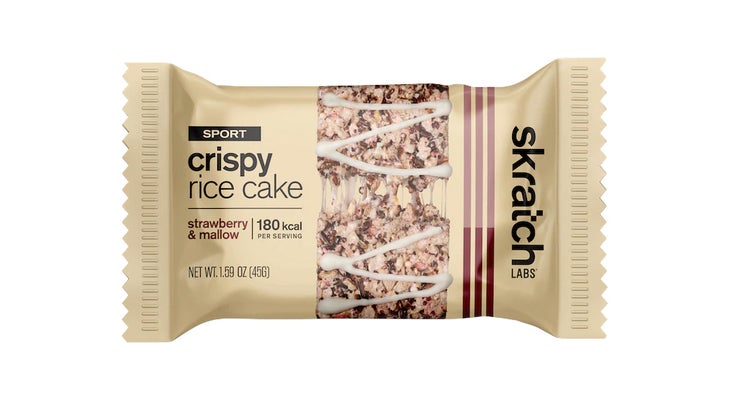
Coming in at nearly 200 calories per rice cake, these crispy rice treats offer a nostalgic option for fueling for those that need a break from traditional sports nutrition products. Made from a rice-quinoa blend, these rice cakes are light and fluffy, and come in three flavor options: chocolate, plain, and strawberry.
Sport Spuds
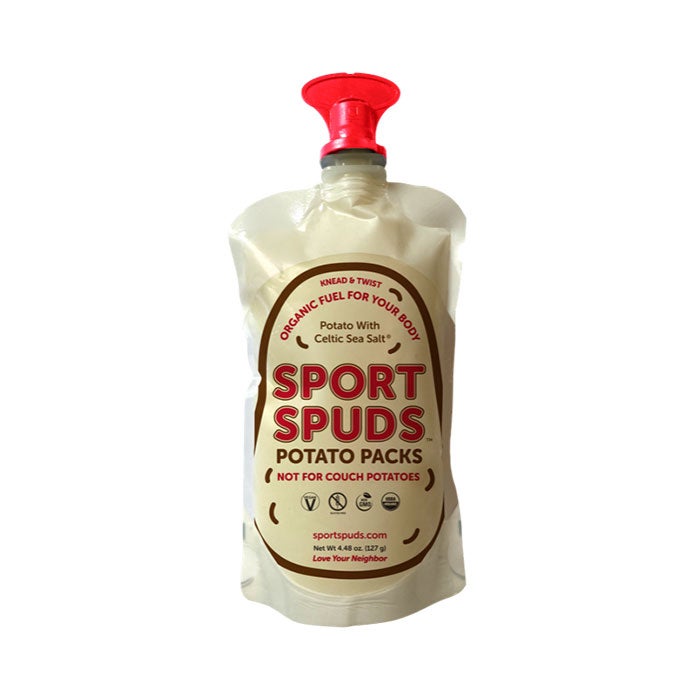
A common complaint from many distance runners is “sweet fatigue,” or getting tired of consuming sweet sports nutrition products and foods. A great alternative for those looking for a savory, salty option for fueling, these mashed potatoes in a pouch come in three flavors: plain, white cheddar, and sour cream and chive. The packaging can be a bit bulkier, so carrying will require a bit more space (i.e., a hydration pack), and they are only 60–80 calories per pouch, which is quite low for the volume.
